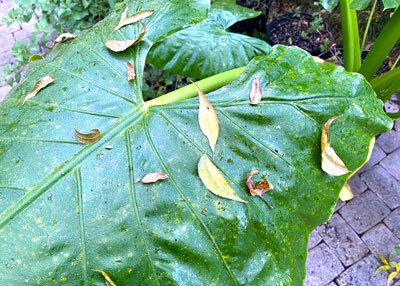Sticky, Gooey Mess of Pecans

In 45 years of living in a pecan forest I have never seen this problem this bad. Our big trees’ branches are 30-50 feet above me, but the honeydew drizzle has fallen like mist since Labor Day and frankly, it’s getting on my nerves. And on everything else.
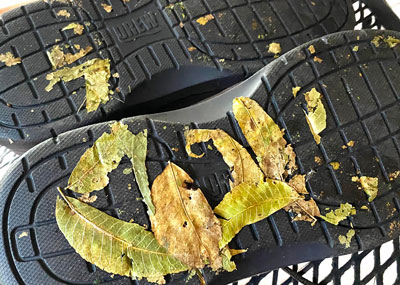
I can feel my shoes sticking to the Pavestone driveway. Worse yet, fallen leaves are gluing themselves to the bottoms of my soles only to transfer themselves to the tile and carpet as soon as I step inside. I’ve been told more than once that that’s “totally unacceptable.”
I have an electric blower that I’m leaving by the front door. Two or three times a day I blow a path to the car and out to the garage so I can walk Zeus the dog and get back into the house sans leaves.
This past weekend call after call came from all across Texas. Apparently the entire state is covered in goo.
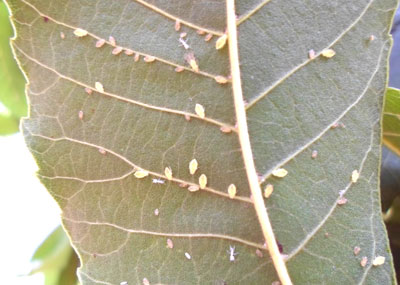
As hard as it is to believe, this is all caused by tiny, very tiny insects – yellow pecan aphids. They’re hardly the size of pinheads, yet their numbers can quickly become astounding.
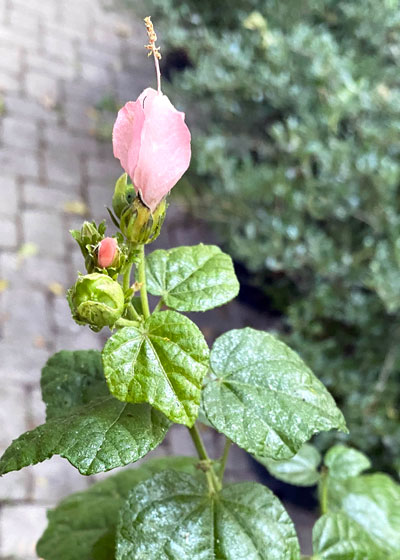
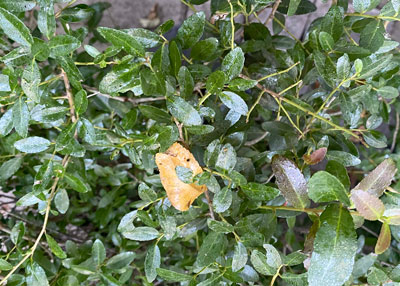
The questions become: “Do they do major damage?” “Should I spray for them?” “Is there anything else I should do?”
I did a quick Web search on the topic and I found this interesting news release from the folks of the Texas AgriLife Extension of Texas A&M. It was dated just two weeks ago, and my friend Dr. Larry Stein, project leader in Extension horticulture, wrote it.
You’ll enjoy reading the entire analysis of this year’s pecan crop. However, if your prime reason for reading it is to find out more about the source of the stickiness, here is that part of the story as Larry provided it. I’m just going to let him give you the rest of the details. He’s one of our state’s finest experts on pecans.
Yellow aphids a sticky situation
Trees in commercial orchards have been relatively clean of pests all year due to the dry conditions. But one pest – yellow aphids – are making their presence known, especially in homeowner trees, Stein said.
Stein said he has seen reports and received calls about yellow aphids more than usual this year. Yellow aphids are to blame for the sappy excretion homeowners may have noticed if they park under pecan trees. Yellow aphids feed on leaves and expel the liquid. Infestations do not typically harm trees, and aphid populations usually crash without treatment.
The emergence of yellow aphids is later than usual this year, likely due to extended drought, but their numbers appear to be heavier than normal across the state, he said.
“They’re cyclical and will go away but seem to have come out of the woodwork after the last few weeks of rain,” he said. “We typically tell people to leave them alone because we think the damage to trees is minimal and sprays can actually make things worse.”
If you do nothing, and if we get no hard rain, the sooty mold fungus will grow in the honeydew substrate. Everything around the tree will take on a black cast. I’ve already washed off our drive but I’ll be doing it again.

